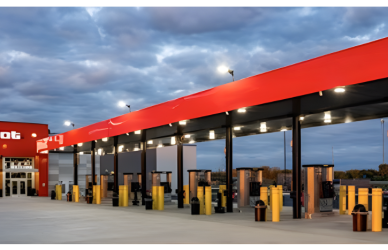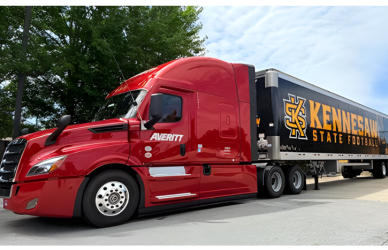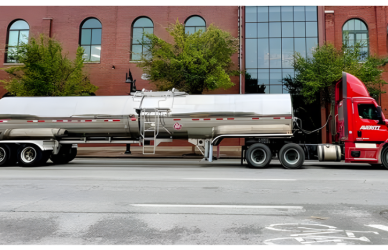Loading and unloading procedures are vital aspects of a trucker’s job, ensuring that cargo is safely transported from one location to another. However, these processes can be challenging and time-consuming if not executed efficiently. In this blog post, we will explore best practices, essential tips, and key considerations to help truckers handle loading and unloading operations effectively.
Efficiency and Organization
Plan Ahead – Before arriving at the loading or unloading site, review the shipment details, routes, and any special requirements. This preparation will help you anticipate potential challenges and ensure a smoother process.
Optimize Route and Timing – Plan your route to avoid high-traffic areas and peak hours, reducing delays and congestion during transportation. Efficient scheduling can significantly impact overall efficiency.
Pre-Inspection – Before loading, thoroughly inspect the cargo and equipment for any damage. Addressing issues beforehand prevents delays and avoids potential risks during transportation.
Load Optimization – Arrange the cargo in a way that maximizes space utilization and distributes weight evenly. Proper load distribution ensures safer handling and prevents damage during transit.
Secure the Load – Implement effective securing techniques such as using appropriate restraints, straps, and blocking materials. This prevents cargo shifting during transportation, reducing the risk of damage.
Avoiding Cargo Damage
Gentle Handling – Exercise caution when loading and unloading fragile or sensitive cargo. Utilize proper lifting techniques, protective padding, and equipment to minimize the risk of damage.
Weather Considerations – Be mindful of weather conditions, especially when handling perishable or sensitive cargo. Take necessary precautions to protect the cargo from extreme temperatures, humidity, or precipitation.
Clear Communication – Maintain clear communication with the loading and unloading personnel. Clearly communicate any special handling instructions or requirements to ensure the cargo is treated appropriately.
Maximizing Capacity
Cubic Load Optimization – Utilize the entire cubic space of the trailer by stacking cargo vertically and utilizing overhead space effectively. This allows for transporting more goods in a single trip, optimizing capacity.
Double-Checking Documentation – Verify the dimensions, weight, and number of items against the shipping documents. Accurate documentation prevents overloading and ensures compliance with regulations.
Regulatory Compliance
Weight Limit Compliance – Ensure that your cargo weight remains within legal limits. Overloading can lead to fines, safety hazards, and increased wear and tear on the vehicle.
Compliance with Safety Regulations – Familiarize yourself with safety regulations, such as proper securing practices, hazardous material handling, and other relevant guidelines. Adhering to these regulations helps maintain a safe and compliant operation.
Challenges and Downtime Reduction
Communication Delays – Stay in regular contact with dispatchers, shippers, and receivers to minimize communication gaps and address any unexpected changes promptly.
Traffic Management – Be prepared for potential traffic congestion and plan alternate routes in advance. Utilize real-time traffic updates and GPS systems to navigate efficiently and avoid unnecessary delays.
Efficient Documentation Handling – Streamline paperwork by organizing and labeling documents for quick and easy access. Implementing digital documentation systems can further expedite the process.
By implementing these best practices, truckers can enhance their efficiency, reduce downtime, and ensure the safe handling of cargo during loading and unloading procedures. Remember to plan ahead, optimize your route, secure the load properly, and comply with regulatory guidelines. These strategies, coupled with effective organization, clear communication, and attention to cargo safety, will contribute to a successful and rewarding trucking experience.











